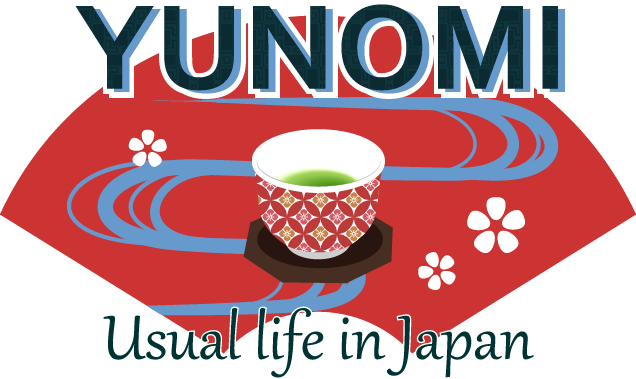Mochi is more than just a chewy rice cake in Japan — it is a symbol of tradition, celebration, and community.
From New Year’s rituals to modern café desserts, mochi connects everyday life with centuries of cultural history.
What Is Mochi?

Mochi is made from glutinous rice called mochigome.
The rice is steamed until soft, then pounded with wooden mallets until it becomes smooth, stretchy, and incredibly chewy.
This process is essential — true mochi is created by physically pounding steamed rice, not simply mixing flours or starches.
Freshly pounded mochi, still warm and soft, is a seasonal treat usually enjoyed during special occasions like New Year or community events.
Most people eat packaged mochi in daily life, but fresh mochi has a unique aroma, texture, and warmth that feels almost ceremonial.
Mochi rice (mochigome) is a type of Japanese glutinous rice.
It’s gluten-free and different from Thai sticky rice — mochi rice becomes sticky, stretchy, and elastic when pounded.
Not Everything Called “Mochi” Is True Mochi
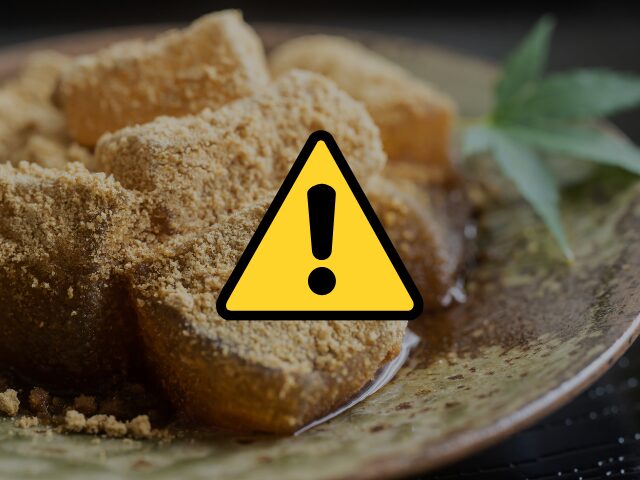
In Japan, some sweets look or feel like mochi but are actually different foods.
For example, gyūhi is a soft confection made from glutinous rice flour, and warabi-mochi is made from bracken starch — not rice at all.
They are delicious in their own way, but they are not true mochi.
Tip for mochi lovers:
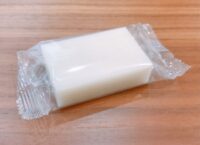 Even in Japanese supermarkets, not all “mochi” is made from 100% glutinous rice.
Even in Japanese supermarkets, not all “mochi” is made from 100% glutinous rice.
Some packaged mochi mixes rice flour with starch to imitate the texture.
If you want authentic flavor and stretch, look for labels that say 100% mochigome.
Mochitsuki: The Traditional Mochi-Pounding Ceremony

One of the most iconic Japanese New Year traditions is mochitsuki — pounding rice with a wooden mallet.
This ritual is often done with family or community members taking turns pounding the rice and turning it rhythmically.
Mochitsuki symbolizes teamwork, good fortune, and fresh beginnings.
Why Mochi Is Important in Japanese Culture
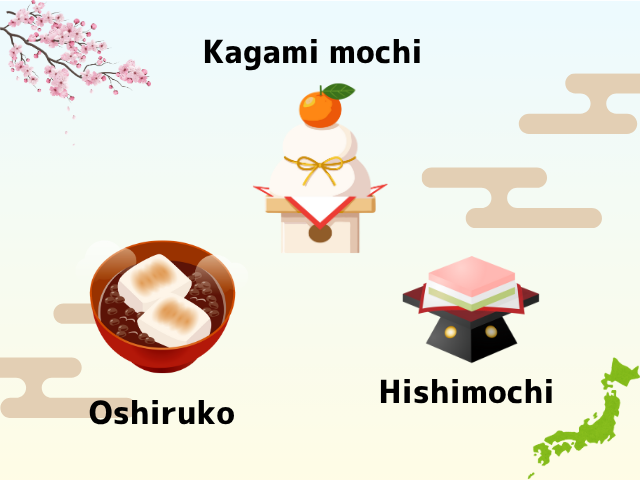
- Symbol of good luck and longevity
- Essential food for New Year celebrations
- Part of seasonal rituals and festivals
Mochi appears in many seasonal events, including:
- Kagami mochi placed in homes for New Year
- Hina-arare and mochi treats during Hina Matsuri (Girls’ Day)
- Hanami dango during cherry blossom season
Popular Ways to Enjoy Mochi
Traditional
- Ozoni — mochi soup eaten on New Year’s Day
- Kinako mochi — coated with soybean flour and sugar
- Daifuku — mochi filled with sweet red bean paste
Modern
- Mochi ice cream
- Fried mochi or grilled mochi with soy sauce
- Warabi-mochi style sweets in cafés
A Note on Safety

Because mochi is very chewy, it is traditionally recommended to eat slowly, especially for children and elderly people.
Even today, public reminders are common around New Year.
Mochi Today
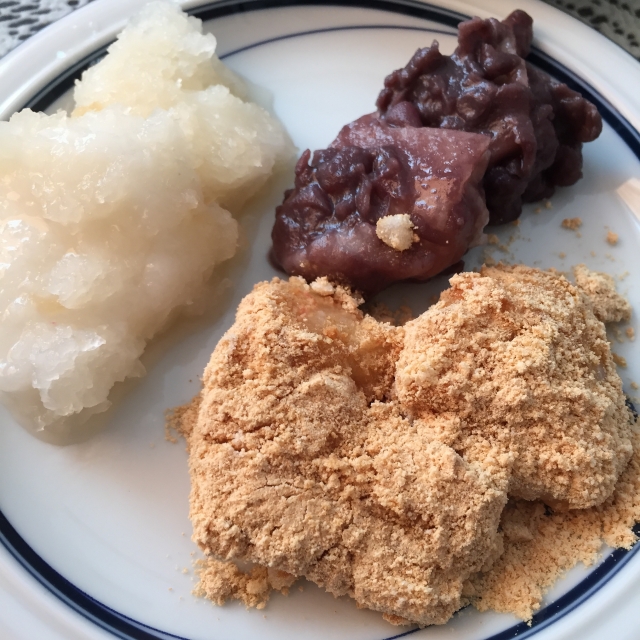
In modern Japan, you can find mochi everywhere — supermarkets, convenience stores, wagashi shops, and even international markets abroad.
Packaged mochi has made this traditional food part of everyday life, from home cooking to café desserts.
But freshly pounded mochi — warm, soft, and incredibly fragrant — is a rare treat today.
If you ever have the chance to taste mochi right after it is made, consider it a special and lucky experience.
It offers a texture and flavor that packaged mochi simply cannot replicate.
Despite its long history, mochi remains a beloved food that adapts to new tastes and generations.
A single bite carries both warmth and tradition — and when it’s fresh, it carries a little magic too.
